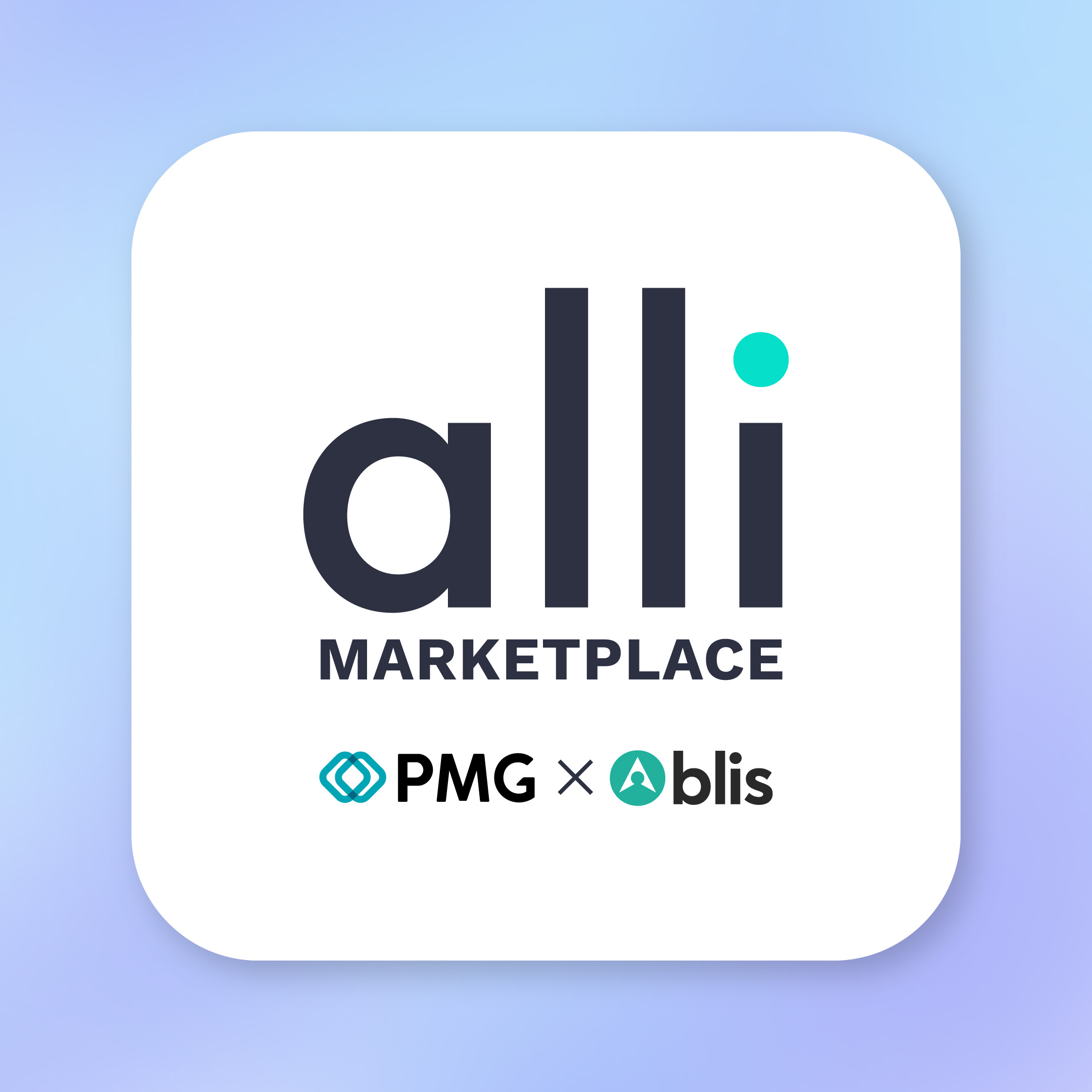What’s in the bottle stays the same – but when it comes to marketing, it’s another story. Alcohol brands face the challenging task of selling to consumers via pubs and restaurants as well as supermarkets and off licenses – otherwise known as on trade and off trade sales.
And to make matters even more complicated, everything from creative to time-sensitive offers alters depending on the hour of day and where the consumer is physically located. But with the right approach, marketers will be popping the champagne in no time.
Not all beer is created equal
There’s a world of difference between drinking a beer with dinner and choosing a craft ale in an upmarket pub. Even though these two scenarios might sound similar, the mindset and audience – and therefore purchasing behaviours – involved must be treated completely separately.
A good place to start is by profiling your demographic, including insights from historic location data to determine their likely movements. The data can tell you if an individual is more likely to be drinking at restaurants and bars, or whether they buy alcohol at supermarkets or football stadiums.
The perfect drink for every occasion
You’ve got a great product, so how can you best drive on and off trade sales? And how should your campaigns for each differ? Time and place is key. Real-time location data shows which environment audiences are in and therefore how you should best promote your products.
For off trade sales, the sweet spot is when audiences are in supermarkets or browsing online at home; that is, in a place where they can easily purchase a case of beer or add a few bottles to the trolley. It follows that the best time is when people are most likely to be doing their weekly shop (either on- or offline) or are passing a retailer. Meanwhile, for on trade sales, the key times are evenings and weekends, particularly when people are in proximity to restaurants and bars.
Data driven and measurable success
Historically, marketers’ efforts focused on trade because of the higher profit margins. Today this has shifted dramatically to off trade, because till data makes it much easier to prove sales and measure success. But what about In pubs, where till data is often not available? Here footfall can be compared against sales of the brand to get an idea of uplift and potential ROI for that brand, and the knock-on effect for its competitors.
Creating the perfect cocktail
Targeting isn’t the only thing that should vary depending on whether a campaign aims to build on or off trade sales – the creative messages should change too. People will have very different mindsets on a Friday night out compared with doing the weekly shop at 11am on a Saturday.
For off trade, there are three key creative elements: maps, offers, and engagement. Maps help get people in-store or into nearby pubs and bars, while offers encourage consumers to take advantage of time-limited-low prices. Engagement might be a dynamic creative or video ad that focuses on drawing audiences in and perhaps includes location data to personalise the experience.
Off trade marketing will focus on promoting different sized bottles, prices, and recipes you can make at home, like a Bacardi Mojito. For on trade advertising, creatives might change depending on how far away you are from the pub or restaurant. Are there any special events or promotions on, such as a limited edition branded cocktail?
Conclusion
Alcohol brand marketers face the totally unique challenge of marketing to drive both on and off trade sales, in a way that no other vertical does. But embracing the challenge by savvily segmenting audiences, and then tailoring creative can help you hit the target and achieve great results. Cheers to that.



